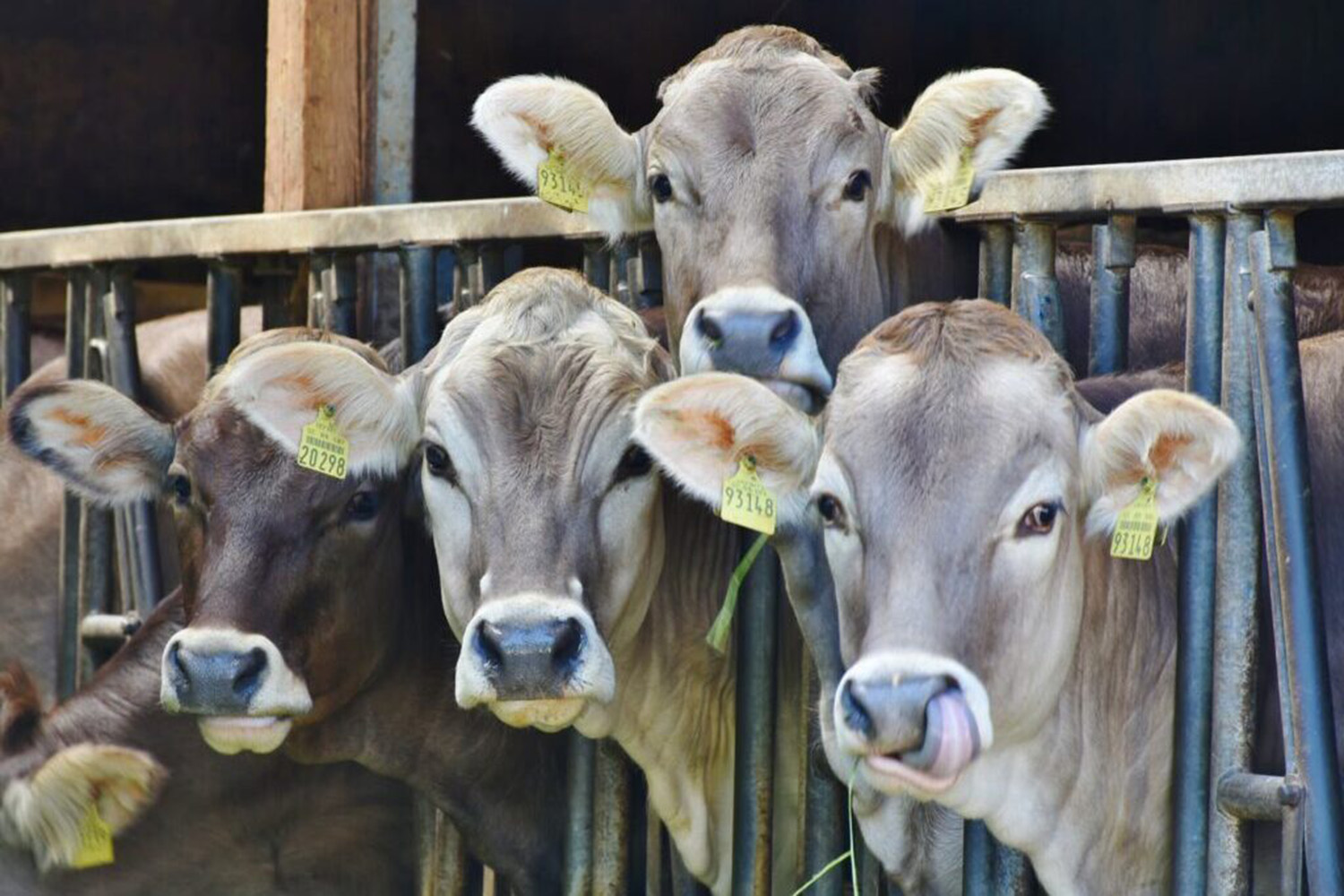From the Field
How Well Do Livestock Antibiotic Restrictions Work? Not Too Well, According to New Research
A study by Berkeley Public Health researchers analyzes the oversight of food industry antimicrobial use.

This article was originally published by Berkeley Public Health on April 12, 2023.
The use of antibiotics and other antimicrobials to reduce infection and increase production in beef cattle, poultry, and other livestock has long been a driving factor in the dangerous growth of antimicrobial resistance (AMR) in humans.
In the absence of strong federal oversight on this rising threat to public health, several states and cities have implemented policies to restrict antimicrobial use and to increase industry transparency. But how well do these strategies work?
In California, Maryland, and the city and county of San Francisco, the answer is: not too well, according to Jay Graham, associate professor at UC Berkeley School of Public Health, who oversaw the first qualitative study of state and city restrictions, published in PLOS One last month.
“Unfortunately, these policies do not have the enforcement teeth that they need in order to see any real change,” said Graham in an interview. “Antibiotics are a shared resource. We all benefit from them, and by allowing industry to use them in a way to make more economic gains is not helping the public.”
The study was based on surveys and scripted interviews with 19 key informants in California, Maryland, and San Francisco; including individuals working as veterinarians, grocers, animal food producers, researchers, and policy developers.
Results of the interviews found that the effectiveness of state and county policies to reduce antimicrobial use in livestock has been hampered by several obstacles, among them: the refusal of food animal producers to reveal their use of antimicrobials as required; the lack of money for data analysis and enforcement; and vague language that permits loopholes for producers to exploit.
The California and Maryland state laws share the goal of limiting antimicrobial use to sick animals, and for only as long as medically needed, instead of using them routinely on healthy animals to increase production or avoid future illness. The Maryland law has more defined reporting requirements than the California law, requiring veterinarians to report antimicrobial prescriptions. The San Francisco ordinance—under consideration by several other U.S. cities—requires grocers to report the presence of antimicrobials in meat and poultry for sale.
Berkeley Public Health researchers, led by graduate students Scarlet S. Bliss and Maya Homsy-King, found none of the programs were working as planned.
The San Francisco ordinance, for example, requires grocers with at least 25 total locations to report the use of antimicrobials in meat and poultry products to the Department of the Environment, and label them accordingly. But, the authors wrote, grocers acknowledged the law had been widely flouted. Some grocers said they did not want to serve as middle-men between agricultural producers and city government, and would prefer that the food producers be required to report their antimicrobial use directly to San Francisco regulators.
Beef and pork groups were mentioned as the least cooperative with the SF Ordinance, the authors wrote, noting that data for 2019 showed that grocers reported antimicrobial use information for only one of 29 beef products, and one of 18 pork products. The grocers generally blamed the producers for failing to give them the information to pass to consumers and the city government.
“Sadly, in San Francisco what’s happened is that the grocery stores have not had the leverage to get the data from the producers,” said Graham. “They aren’t reporting it to the grocery stores, which then tell the government, ‘Sorry, we don’t have the power to influence them.’”
In an interview, Bliss said that both the San Francisco ordinance and the California law were written with vague language that has created loopholes for livestock producers to exploit. She considers the Maryland law more robust and defined.
“Maryland improved upon the California policy by defining important terms like ‘administering in a regular pattern’ and ‘controlling the spread of disease or infection,’” Bliss said. “But California lacks these specifics. Without them and without money for reporting and enforcement,” there’s been very little follow through.
Many interview subjects—as well as the authors—said they would prefer a national surveillance system for antimicrobial use over a patchwork of state and local regulations. The Food and Drug Administration (FDA), however, has generally relied on voluntary guidelines on the issue to date, instead of imposing mandatory rules. The FDA reports it is working to increase oversight, according to the study authors.
“Our study provides qualitative support for the importance of sub-national antimicrobial use policies, but mainly as a means to urge stricter antimicrobial use regulation at the federal level,” they wrote.
In the meantime, states and cities are starting to take action, but “first we need to understand what has worked and not worked. This should not be a political football. Conservatives and progressives should all want to prevent antibiotic resistance,” Graham says.
Additional authors include: Maya Homsy King and Heather K. Amato, UC Berkeley School of Public Health; Miriam I. Bermejo, UC Davis; and Andrew Nguyen, UC San Diego.